Innovative architectural design and state-of-the-future technology to welcome students from dental, medical and nursing schools

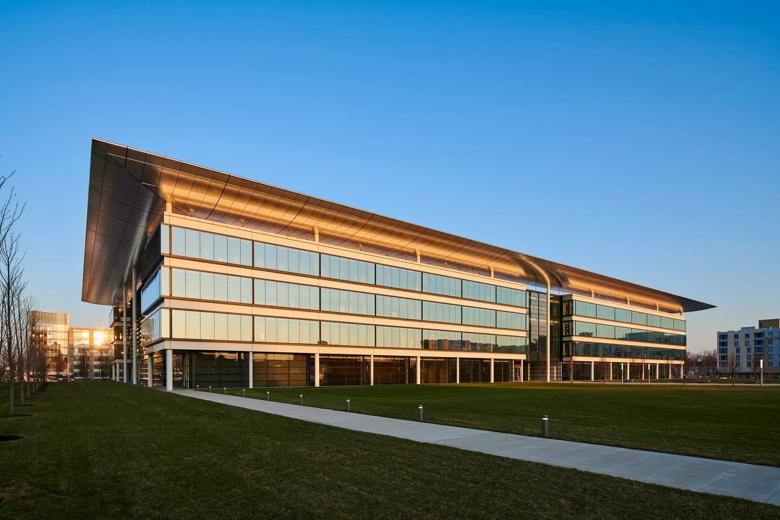
Case Western Reserve University and Cleveland Clinic launched a new era of health education today in dedicating the centerpiece of their new campus, the Sheila and Eric Samson Pavilion.
“The dedication of the Sheila and Eric Samson Pavilion demonstrates the extraordinary value that the spirit of philanthropy brings to new generations of students. The Health Education Campus will have a major impact on advancing medical education and patient care,” said Tom Mihaljevic, M.D., Cleveland Clinic Chief Executive Officer and President. “Its unique curricula and design will inspire healthcare professionals to be members of interdisciplinary teams and promote lifelong learning.”
This spring, the four-story, 477,000-square-foot building opens to 2,200 students from Case Western Reserve’s dental, nursing, and medical schools, including those from Cleveland Clinic Lerner College of Medicine. Students from the university’s social work school also will come to the Samson Pavilion for shared coursework, but will continue to take the majority of their classes in their own newly renovated building on Case Western Reserve’s main campus.
As designed by London architects Foster + Partners, perhaps the most striking part of the Samson Pavilion is the 80-foot-high, 27,000-square-foot central courtyard newly named the Delos M. Cosgrove Courtyard through a generous gift from the outgoing chair of Cleveland Clinic’s Board of Directors, Robert E. Rich Jr., and his wife, Mindy. Dr. Cosgrove is the past CEO and President of Cleveland Clinic and currently serves as an executive adviser.

The Samson Pavilion expressly encourages interaction, surrounded on all sides by each floor’s open walkways and a wide staircase at every corner. It also features a dedicated shared space for students from all programs to study and relax.
“We know that team-based care is best for patients and providers alike, yet universities have continued to prepare students largely apart from one another,” said Case Western Reserve President Barbara R. Snyder. “Thanks to the extraordinary support of the Samsons, our original donors from the Mt. Sinai Health Care and Cleveland foundations, and so many others, students now will learn together in a truly inspiring structure.”
In recent years, the two institutions have collaborated to develop shared courses and other experiences in which students from all of the health programs learn the fundamentals of team-based care while also practicing skills together in simulated settings and at actual clinical sites. Those efforts will expand significantly in the new space, as the university and Lerner College are amid a national search for an academic leader for interprofessional programs.
This shared learning will benefit from the Samson Pavilion’s extensive technology features, as well.
“One of the greatest advantages of this project is that we have been able to integrate our best thinking around the deeply human elements of healthcare with the latest digital breakthroughs in education,” President Snyder said. “As a result, our graduates will begin their careers uniquely prepared to contribute to their rapidly evolving fields.”
Among the cutting-edge examples are:
“We are developing augmented and virtual reality to allow students to learn, comprehend, and understand the nuances of both normal human anatomy and disease states in a totally different manner than traditional cadaveric dissection allows,” said Dr. Mihaljevic.
Across the street from the Samson Pavilion is the second building of the Health Education Campus, a three-story, 132,000-square-foot dental clinic. The university’s existing clinic is about half the size and exceptionally difficult to find within a collection of taller buildings on the university’s main campus. Even so, it welcomes about 19,000 patients a year, with about 60 percent of them Cleveland residents.
The new space enjoys frontage on the well-traveled Chester Avenue, ample space for parking, and curbside drop-off for patients. It also puts dental faculty and students closer to residents of Hough, allowing for increased engagement at nearby schools and community centers. Cleveland Clinic has designed an intergenerational park to be dedicated April 30 near that building. The park will offer a safe area for walking and play for the neighborhood.
Involvement with adjacent communities is a priority for all of the health programs, as well as for the university’s social work program at the Jack, Joseph and Morton Mandel School of Applied Social Sciences.
Students already engage in Cleveland and surrounding communities through programs like the Student-Run Health Clinic, dental sealants and health screenings in city schools, and care for the homeless. These and other new activities will be located on the first floor of the Samson Pavilion and will include the Stefanski Family Center for Community Health Education, made possible by a $5 million commitment from the Third Federal Foundation and the Marc A. and Rhonda L. Stefanski Foundation.
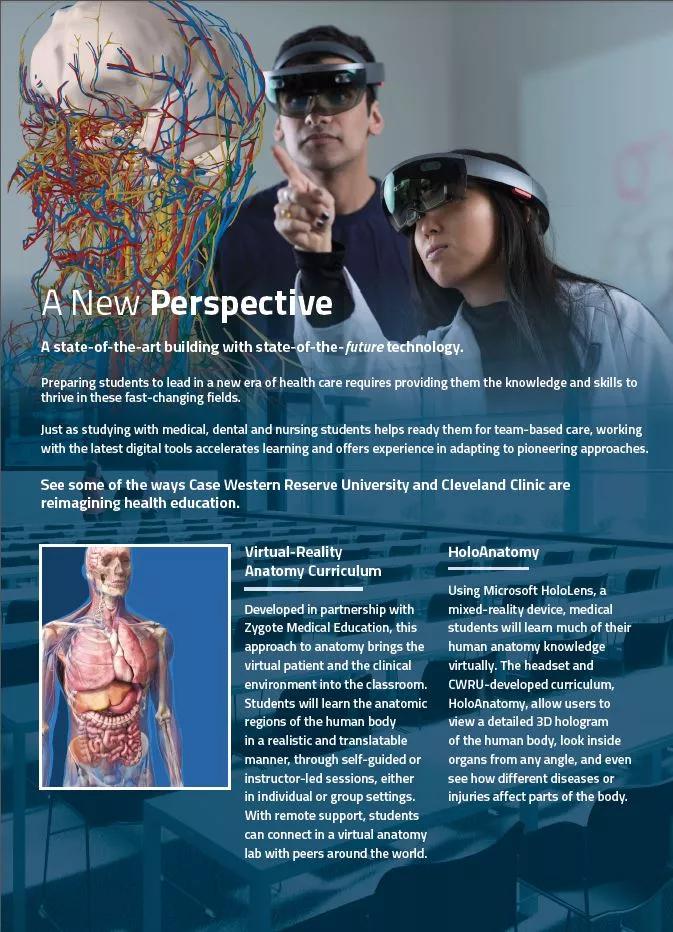
The first floor also will include a conference center featuring a 7,000-square-foot auditorium and 4,800-square-foot lecture hall where students from all programs will gather for interprofessional lessons, featured speakers and demonstrations. The conference center is part of an $8 million commitment to the campus from the Jack, Joseph, and Morton Mandel Foundation.
In 2012, the Mt. Sinai Health Care Foundation and Cleveland Foundation each made $10 million lead gifts for what was then a Case Western Reserve medical education building project. After the university and Cleveland Clinic later announced their partnership, leaders of both foundations agreed to move their commitments to the new project.
Case Western Reserve and Cleveland Clinic have equally shared fundraising throughout the project, and supporters have responded with exceptional generosity. To date, the two institutions together have raised nearly $275 million for the $515 million project, and active joint fundraising continues.
| Cleveland Clinic contact: | ||
|---|---|---|
| Janice Guhl Hammer | 216-445-7452 | guhlj@ccf.org |
| Case Western Reserve contact: | ||
| Bill Lubinger | 216-368-4443 | william.lubinger@case.edu |
| Cleveland Clinic contact: | ||
| Janice Guhl Hammer | ||
| 216-445-7452 | ||
| guhlj@ccf.org | ||
| Case Western Reserve contact: | ||
| Bill Lubinger | ||
| 216-368-4443 | ||
| william.lubinger@case.edu |
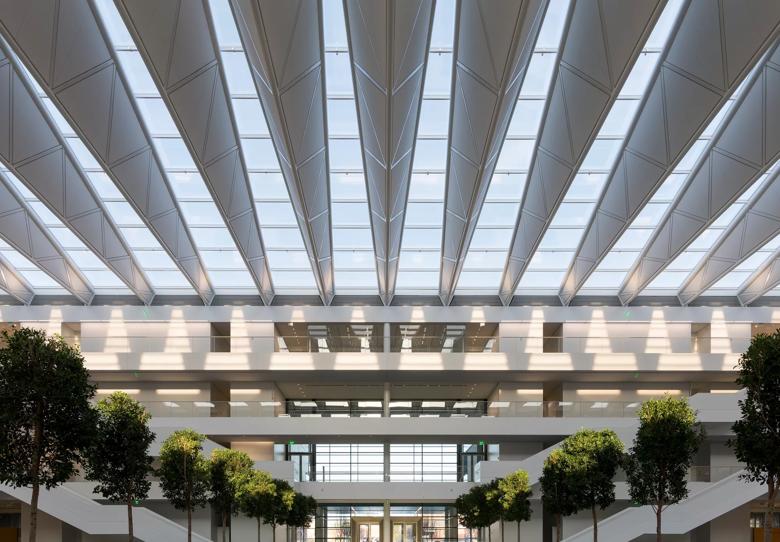
Photo courtesy of Foster + Partners
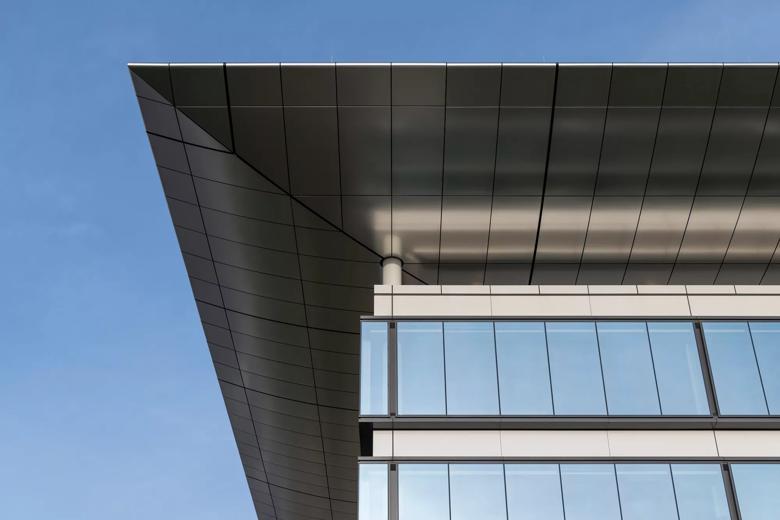
Photo courtesy of Foster + Partners

Photo courtesy of Foster + Partners
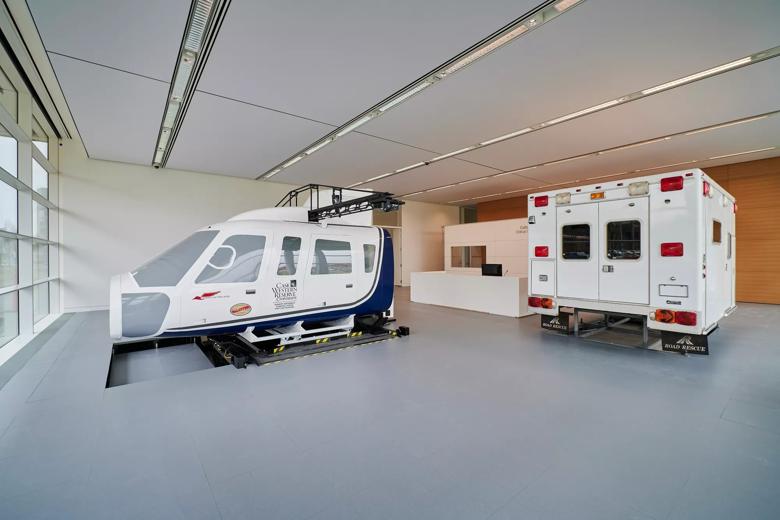
Photo by Roger Mastroianni.

Photo by Roger Mastroianni.
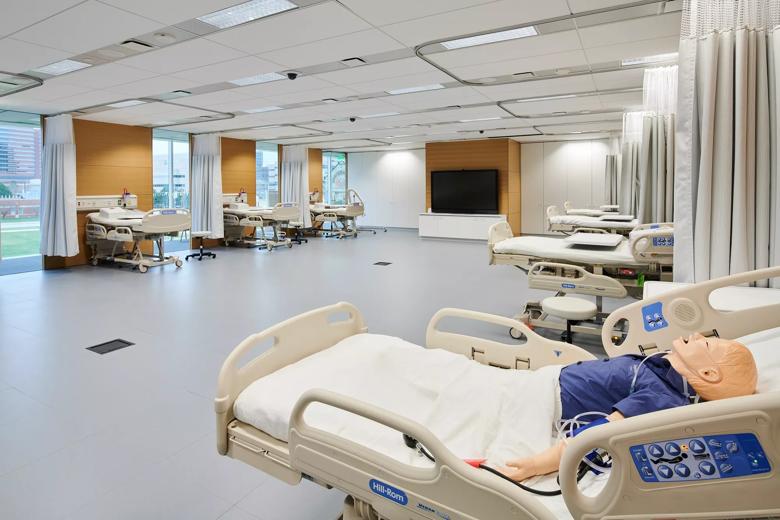
Photo by Roger Mastroianni.
About Cleveland Clinic
Cleveland Clinic is a nonprofit multispecialty academic medical center that integrates clinical and hospital care with research and education. Located in Cleveland, Ohio, it was founded in 1921 by four renowned physicians with a vision of providing outstanding patient care based upon the principles of cooperation, compassion and innovation. Cleveland Clinic has pioneered many medical breakthroughs, including coronary artery bypass surgery and the first face transplant in the United States. U.S. News & World Report consistently names Cleveland Clinic as one of the nation’s best hospitals in its annual “America’s Best Hospitals” survey. Among Cleveland Clinic’s 66,000 employees are more than 4,200 salaried physicians and researchers and 16,600 nurses, representing 140 medical specialties and subspecialties. Cleveland Clinic’s health system includes a 165-acre main campus near downtown Cleveland, 11 regional hospitals in northeast Ohio, more than 180 northern Ohio outpatient locations – including 18 full-service family health centers and three health and wellness centers – and locations in southeast Florida; Las Vegas, Nev.; Toronto, Canada; Abu Dhabi, UAE; and London, England. In 2018, there were 7.9 million total outpatient visits, 238,000 hospital admissions and observations, and 220,000 surgical cases throughout Cleveland Clinic’s health system. Patients came for treatment from every state and 185 countries. Visit us at clevelandclinic.org. Follow us at twitter.com/CCforMedia and twitter.com/ClevelandClinic. News and resources available at newsroom.clevelandclinic.org.
About Case Western Reserve
Case Western Reserve University is one of the country's leading private research institutions. Located in Cleveland, we offer a unique combination of forward-thinking educational opportunities in an inspiring cultural setting. Our leading-edge faculty engage in teaching and research in a collaborative, hands-on environment. Our nationally recognized programs include arts and sciences, dental medicine, engineering, law, management, medicine, nursing and social work. About 5,300 undergraduate and 6,800 graduate and professional students comprise our student body. Visit case.edu to see how Case Western Reserve thinks beyond the possible.